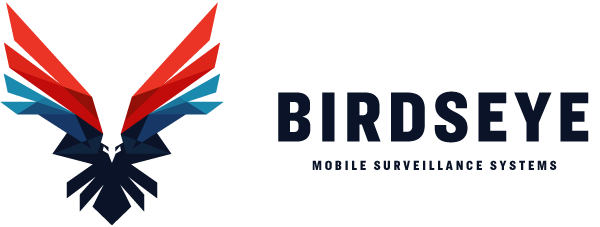
UTILITIES
Utility companies can benefit greatly from the use of cameras on their infrastructure, including cell towers, water towers, substations, and power plants. Firstly, cameras can be used for security purposes to deter criminal activity and provide a way to identify and track any incidents that do occur. Utility infrastructure is often vulnerable to theft or vandalism, and cameras can help to reduce the risk of these incidents occurring.
Additionally, cameras can help with maintenance and inspections of utility infrastructure. For example, cameras can be used to monitor the condition of power lines or water pipes, identifying any areas where repairs or replacements may be necessary. Cameras can also be used to monitor the progress of repairs or maintenance work, ensuring that work is being completed to a high standard.
Moreover, cameras can help with emergency response by providing a way to quickly identify the location and extent of any incidents that occur. This can help to reduce response times and ensure that incidents are resolved as quickly and efficiently as possible.
Finally, cameras can aid in investigations of accidents or incidents that occur on utility infrastructure, providing valuable evidence for insurance claims or legal proceedings.

AUTO DEALERSHIPS
Auto dealerships can benefit greatly from the use of cameras on their premises. Firstly, cameras can be used for security purposes to deter criminal activity and provide a way to identify and track any incidents that do occur. Auto dealerships are often targets for theft or vandalism, and cameras can help to reduce the risk of these incidents occurring.
Additionally, cameras can help to improve customer service in auto dealerships. For example, cameras can be used to monitor customer interactions with sales staff and ensure that customers receive a high level of service. Cameras can also be used to monitor the progress of repairs or maintenance work, providing customers with updates on the status of their vehicles.
Moreover, cameras can help with inventory management by providing a way to monitor the movement of vehicles on the dealership lot. This can help to reduce the risk of theft or misplacement of vehicles and ensure that inventory levels are accurately maintained.
Finally, cameras can aid in investigations of accidents or incidents that occur on dealership premises, providing valuable evidence for insurance claims or legal proceedings.
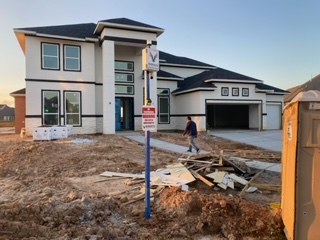
HOME CONSTRUCTION
Home builders deal with all kinds of theft nightly. Job site cameras with active monitoring can prevent theft and vandalism and catch them in the act. We are a proactive company that focuses on getting thieves arrested and charged.
The home construction industry can also benefit from the use of cameras on site. Firstly, cameras can be used for safety and security purposes, particularly in areas where heavy machinery or hazardous materials are present. For example, cameras can help to monitor the use of personal protective equipment (PPE) and ensure that safety protocols are being followed. Cameras can also help to deter criminal activity and provide a way to identify and track any incidents that do occur.
Additionally, cameras can help to improve operational efficiency in the home construction industry. For example, cameras can be used to monitor the progress of construction and identify any areas where improvements can be made. Cameras can also be used to monitor the use of equipment and identify any issues that may require attention before they become more serious problems.
Moreover, cameras can help with quality control by providing a way to monitor the construction process and identify any defects or issues that may arise. This can help to reduce waste and improve overall construction quality.
Finally, cameras can aid in investigations of accidents or incidents that occur on construction sites, providing valuable evidence for insurance claims or legal proceedings.
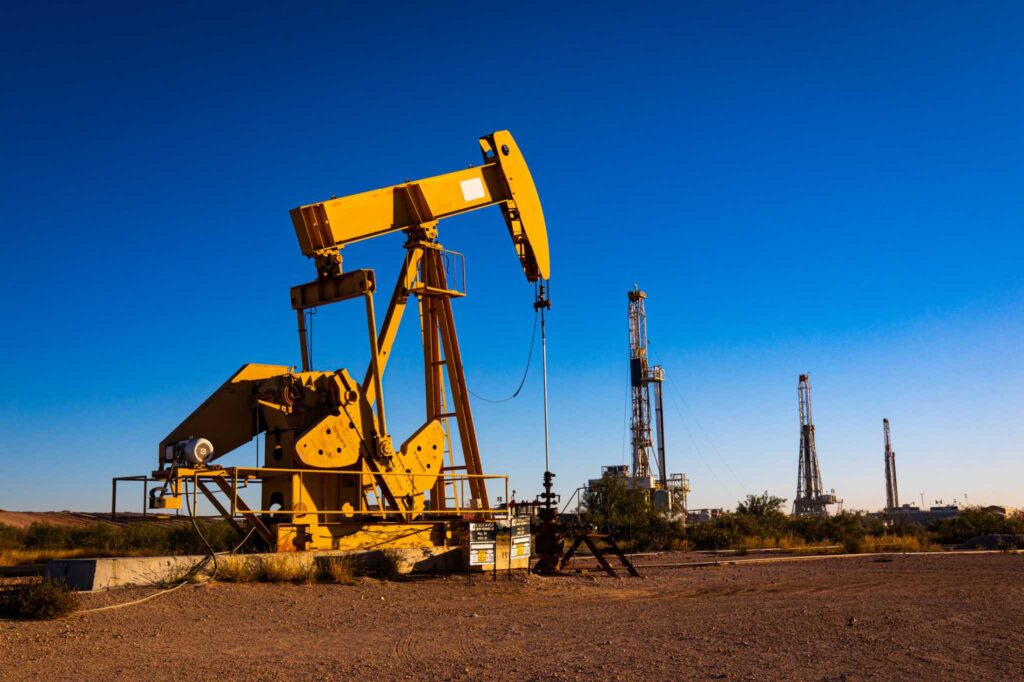
OIL AND GAS
The oil and gas industry can benefit greatly from the use of cameras on site. Firstly, cameras can be used for safety and security purposes, particularly in areas where heavy machinery or hazardous materials are present. For example, cameras can help to monitor the use of personal protective equipment (PPE) and ensure that safety protocols are being followed. Cameras can also help to deter criminal activity and provide a way to identify and track any incidents that do occur.
Additionally, cameras can help to improve operational efficiency in the oil and gas industry. For example, cameras can be used to monitor production and identify any areas where improvements can be made. Cameras can also be used to monitor the use of equipment and identify any issues that may require attention before they become more serious problems. This can help to reduce downtime and improve overall productivity.
Moreover, cameras can help with environmental monitoring by providing a way to track any spills or leaks that may occur. This can help to minimize the impact of any accidents and ensure compliance with environmental regulations.
Finally, cameras can aid in investigations of accidents or incidents that occur on oil and gas sites, providing valuable evidence for insurance claims or legal proceedings.
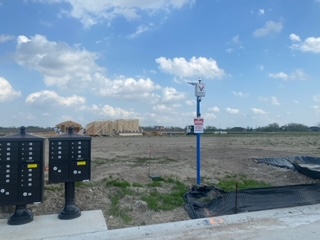
NEIGHBORHOOD SURVEILLANCE
Camera poles for neighborhood surveillance provide several benefits to improve community safety and security. First, camera poles can be strategically placed throughout the neighborhood to provide a comprehensive view of the area, helping to deter criminal activity and providing evidence in the event of an incident. Second, camera poles can be equipped with high-resolution cameras and advanced analytics technology, allowing for real-time monitoring and the ability to identify potential threats before they escalate. Third, camera poles can be integrated with other security systems, such as alarms or access control, providing a layered approach to security. Finally, camera poles can help improve the response time of law enforcement by providing them with a real-time view of the area and allowing them to quickly assess and respond to incidents.

VACANT PROPERTY SURVEILLANCE
Vacant property owners should consider installing solar-powered cameras for surveillance because they provide a reliable and cost-effective security solution. Solar-powered cameras do not require external power sources and can function even in remote areas where electricity is unavailable. Additionally, they are environmentally friendly and have minimal maintenance requirements, making them a practical choice for long-term security needs. Solar-powered cameras can also be accessed remotely, enabling property owners to monitor their vacant properties from anywhere in the world. Overall, solar-powered cameras provide a convenient and effective way to protect vacant properties from theft, vandalism, and other potential security threats.
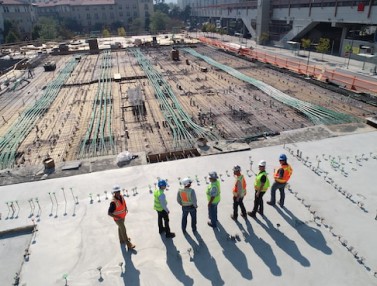
COMMERCIAL CONSTRUCTION SECURITY
The use of cameras on construction sites has become increasingly important in recent years. These cameras play a crucial role in enhancing security, monitoring progress, improving safety, facilitating remote management, and providing evidence in the event of any disputes or legal issues. With on-site cameras, construction companies can deter theft, vandalism, and other criminal activities on their construction sites. They can also monitor the progress of their projects, ensure that work is being carried out according to schedule and specifications, and identify any potential hazards or risks to workers. Remote access to the construction site through cameras allows managers to monitor progress and address any issues from anywhere in the world. Lastly, cameras can provide valuable evidence in the event of any disputes or legal issues, helping to support claims and refute false allegations. Overall, the use of cameras on construction sites is an essential tool for any construction company to improve security, safety, and productivity while providing valuable insights and evidence to support decision-making and dispute resolution.
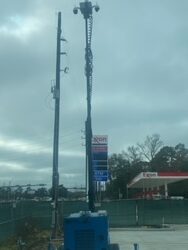
RETAIL CENTER SECURITY GUARD
Retail centers can benefit from the use of cameras on their property in several ways. Firstly, cameras can serve as a deterrent to potential criminals, as they provide a visible form of surveillance and increase the likelihood of identifying perpetrators. Additionally, cameras can assist in identifying and tracking shoplifters, helping retailers to recover stolen merchandise and reduce losses. Cameras can also be used to monitor employee behavior and improve customer service, as managers can review footage to identify areas where training or process improvements are needed. Finally, cameras can aid in emergency situations, allowing for quick identification of potential threats or accidents and facilitating a faster response time from emergency services. Overall, the use of cameras can greatly enhance the security and operational efficiency of retail centers.

HOSPITALITY AND HEALTH CARE SECURITY
The hospitality industry can greatly benefit from the use of cameras on site. Firstly, cameras can help to improve the safety and security of guests and staff, as they can deter potential criminals and provide a way to identify and track any incidents that do occur. Cameras can also be used to monitor common areas and ensure that guests are adhering to any rules or policies in place. Additionally, cameras can aid in resolving disputes, such as cases of theft or damage to property, by providing video evidence that can be used in investigations or insurance claims. Cameras can also help to improve operational efficiency, as managers can review footage to identify areas where staff training or process improvements are needed. Overall, the use of cameras can enhance the overall guest experience by providing a safe and secure environment, improving customer service, and promoting a sense of trust and transparency between guests and staff.

TRANSPORTATION SECURITY
The transportation industry can also benefit greatly from the use of cameras on site. Firstly, cameras can be used for safety and security purposes, particularly in public transportation. Additionally, cameras can aid in investigations of accidents or incidents that occur on transportation vehicles, providing valuable evidence for insurance claims or legal proceedings.
In addition to safety and security, cameras can also help to improve operational efficiency in the transportation industry. For example, cameras can be used to monitor traffic and congestion, allowing transportation companies to adjust routes and schedules accordingly to minimize delays. Cameras can also be used to monitor vehicle maintenance and identify any issues that may require attention before they become more serious problems.
Finally, cameras can be used to monitor passenger behavior and ensure that everyone is following safety protocols or to help improve customer service by identifying areas where staff training or process improvements are needed.
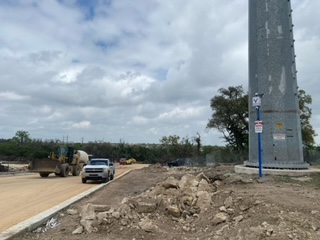
MANUFACTURING SURVEILLANCE
The manufacturing industry can benefit greatly from the use of cameras on site. Firstly, cameras can be used for safety and security purposes, particularly in areas where heavy machinery or hazardous materials are present. For example, cameras can help to monitor the use of personal protective equipment (PPE) and ensure that safety protocols are being followed. Cameras can also help to deter criminal activity and provide a way to identify and track any incidents that do occur.
Additionally, cameras can help to improve operational efficiency in the manufacturing industry. For example, cameras can be used to monitor production lines and identify bottlenecks or areas where improvements can be made. Cameras can also be used to monitor the use of equipment and identify any issues that may require attention before they become more serious problems.
Moreover, cameras can help with quality control by providing a way to monitor the production process and identify any defects or issues that may arise. This can help to reduce waste and improve overall product quality.
Finally, cameras can aid in investigations of accidents or incidents that occur on manufacturing sites, providing valuable evidence for insurance claims or legal proceedings.

EDUCATION SECURITY
The education industry can benefit from the use of exterior cameras to monitor the perimeter of the campus in several ways. Firstly, cameras can help to enhance the safety and security of students, staff, and visitors by deterring potential criminal activity and providing a way to identify and track any incidents that do occur. By monitoring the perimeter of the campus, cameras can provide a first line of defense against unauthorized entry or suspicious activity.
Additionally, cameras can help to reduce liability and insurance costs by providing video evidence in the event of accidents or incidents that occur on school property. Cameras can also aid in the enforcement of school policies, such as ensuring that visitors sign in at the main entrance and that students are not leaving or entering the campus during school hours.
Moreover, cameras can help school administrators and security personnel to respond more effectively to emergencies, such as fires, severe weather, or intruders. By monitoring the perimeter of the campus, cameras can provide early warning of potential threats and allow for a faster response time from emergency services.
Overall, the use of exterior cameras to monitor the perimeter of the campus can greatly enhance the safety and security of students, staff, and visitors, while also reducing liability and insurance costs and improving emergency response capabilities.
There are several industries that can benefit from using on-site cameras with surveillance:
- Construction: On-site cameras can help construction companies to monitor progress, improve safety, and enhance security on their construction sites.
- Retail: Retail stores can use cameras to monitor their premises for shoplifting, theft, and other criminal activities, as well as to monitor customer behavior and preferences.
- Hospitality: Hotels and other hospitality businesses can use cameras to monitor guest behavior, enhance security, and ensure compliance with safety and hygiene protocols.
- Manufacturing: On-site cameras can help manufacturing companies to monitor their production lines, improve quality control, and identify any potential safety hazards or risks.
- Transportation: Cameras can be used in transportation industries to monitor vehicles, improve safety, and ensure compliance with regulations.
- Healthcare: Cameras can be used in healthcare facilities to monitor patients, staff, and visitors, and ensure compliance with safety and hygiene protocols.
- Education: Schools and universities can use cameras to enhance security, monitor student behavior, and ensure compliance with safety protocols.
Overall, on-site cameras with surveillance can benefit a wide range of industries by enhancing security, improving safety, and providing valuable insights to support decision-making and dispute resolution.


